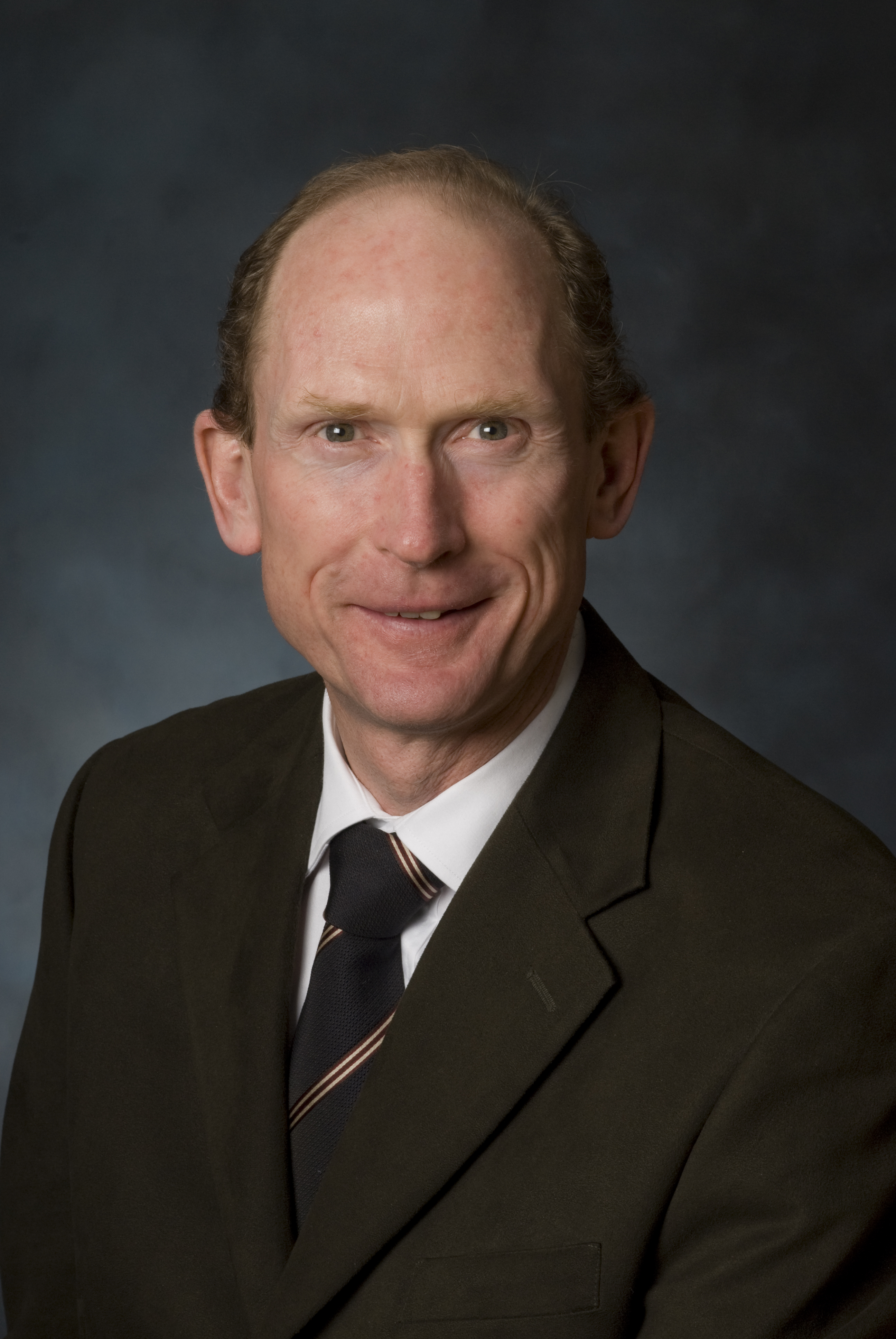Three ways to promote good health

The three topics I’m writing about today may seem disparate, but actually all have a common thread.
First, I’d like to bring you up to date on the current activities of the Council on Health Promotion, which just celebrated its 51st year. Second is a project I am very close to that has been developed to tackle clinical issues related to children and youth mental health. And last is an invitation to join us in a blood drive and fund-raising event to honor Dr Gary Randhawa and his legacy.
COHP
The BCMA’s Council on Health Promotion (COHP) has dedicated itself to promoting health and safety issues for British Columbians for more than 50 years. Well known for its legislative push in the ’80s and ’90s to implement car seat, booster seat, and bike helmet laws, more recently COHP has contributed to changes in legislation for dementia care, as well as advancing childhood obesity guidelines and identifying gaps and making recommendations to improve addictions care in this province.
In fact, improving addictions care has been a focal point of COHP of late. Earlier this year, the Council developed and submitted to government an addiction paper, Stepping Forward: Improving Addictions Care in BC, highlighting the gap in addictions care and making a number of recommendations, not the least of which is the suggestion that addiction be considered a chronic disease and therefore funded accordingly.
COHP has made its presence known in other areas as well. In the past year COHP has:
• Created the Healthy Hub, a site within the BCMA’s web site dedicated to offering health and safety advice to the public.
• Campaigned for reducing our salt consumption.
• Been at the forefront of BC public affairs pushing for a ban on all cellphone use while driving.
COHP’s cellphone and driving submission to BC’s Solicitor General, Time to Hang Up, was cited as “a model of clarity, concision, and common sense” by the editor of the Province newspaper and was reported on by the national media.
As well, COHP is treading in uncharted territory by venturing into social media. In July the Council began a Facebook campaign to further its addiction agenda and asked the question: Do you think addiction is a disease or a human failure? You can check it out from our web site at www.bcma.org. No other medical association in Canada is being this avant-garde.
Child and youth mental health
That children and youth with mental health issues do not always seek or receive the medical help they need is not news to physicians. Although teachers are often aware of their students’ mental health issues, a lack of capacity in schools, too few resources for family physicians, and inadequate social service levels mean children and youth either don’t receive timely care or at best receive fragmented care.
This, not surprisingly, has consequences down the line that can be both profound and intense. To tackle this problem the BCMA, along with the GP Services Committee, is spearheading a pilot project in an East Vancouver school. I am particularly excited about this project not only because the goal is to solve a huge problem in the area of child and youth mental health but also because of the sheer number of other participant stakeholders who agree how important this is and who want to be part of the solution.
With us at the table are representatives from the Ministries of Children and Family Development and Health Services, the Canadian Mental Health Association, the Vancouver Coastal Health Authority, and the Vancouver School Board; nurses from public health; counselors from community youth programs; school counselors; and a school principal. Planning for the project began this past spring and implementation starts this fall. Our hope is to expand this project to include the entire province in 2010. I look forward to bringing you more as the project unfolds.
The Dr Gary Randhawa Memorial Fund
The Dr Gary Randhawa Memorial Fund was established by the BCMA shortly after Dr Randhawa passed away in January 2008. It honors his lifelong work to further health education and health promotion in local communities. He was well known for his enthusiasm and commitment, the countless hours he volunteered, and the health fairs he established in numerous communities over the years.
To pay tribute to his legacy, a couple of events are occurring in Dr Randhawa’s home town of Kelowna. On the evening of 12 September, we will be holding a fund-raising dinner where you can delight in the flavors of traditional Indian cuisine. It is hoped that his memorial fund will reach $100 000, from which the proceeds will go toward worthwhile projects in health promotion, health education, and volunteerism.
And, from 14 September to 1 October, there will be a blood drive clinic. To make an appointment with Blood Services please call 1 888 2-donate (1 888 236-6283) and let the blood clinic know your donation is in honor of Dr Gary Randhawa. That way the family will be notified. I hope you will join me for both these events.
For physicians in the Lower Mainland who cannot make it to Kelowna, on 12 September there will be a blood drive in honor of Dr Randhawa at the Oak Street Clinic. For anyone wishing more information on the blood drive or the dinner, please e-mail administration@bcma.bc.ca.
As you can see, these issues are quite different from one another, yet similar in theme. Promoting good health, whether it’s via committee work, designated projects, or fund-raising, is imperative for an improved quality of life for patients, a robust health care system, and an increase in physician satisfaction.
—Brian Brodie, MD
President
